News of the week
/We hope you're having a great summer. Our website has been quieter than usual this week, but we're busy building things—stay tuned. And we haven't done a news post for a few weeks, so here are some things that have caught our eye.
A new imaging paradigm
Lytro has begun what may be a revolution for photography with the light field camera, putting the choice of the focal point and depth of field in the hands of the viewer, not the photographer. Try it yourself: click on these examples to change the focal point of the images.
The radical new sensor works by not only capturing the intensity of light, but also its direction. This means the full visual field can be reconstructed. You can view the inspiring gallery of dynamic images or read more about the methods behind computational photography from Ian Hopkinson's blog post. The analogy to full wavefield imaging is obvious, but perhaps the most exciting story is not the technology, but the shift of control from imager (processor) to viewer (interpreter).
Don't compress the data, expand the medium
Wolfram, makers of Mathematica among other things, are a deeply innovative bunch. This week they launched the Computable Document Format, or CDF, for interactive documents. These new documents could make reports, presentations, e-textbooks, and journal articles much more interesting.
INT releases Geo Toolkit 4.2
Interactive Network Technologies, makers of the INTViewer interpretation software, have released a new version of its GeoToolkit, version 4.2. It's a proprietary C++ library for developers of geoscience software, and is used by many of the major exploration companies. New features include
- Improved Seismic display with support for anti-aliasing, transparency, and image rotation
- New indexed seismic data support for rapid access of large datasets
- Enhancements to Chart libraries, including multiple selection within charts and ability to link charts.
TimeScale Creator gets a major upgrade
We have written before about this handy application from a Purdue consortium; it should be in every geoscientist's toolbox. Keep an eye out over the summer and fall for new datapacks (including Arctic Canada, Australia, NE Russia), and an all-new web version. Version 5 has some great enhancements:
- A new data input format, and some limits on user data in the free version
- Database and display improvements for humanoids, dinocycsts, and passive margins, plus new datapacks
- Improved geographic interface, now with index maps
This regular news feature is for information only. We aren't connected with any of these organizations, and don't necessarily endorse their products or services.


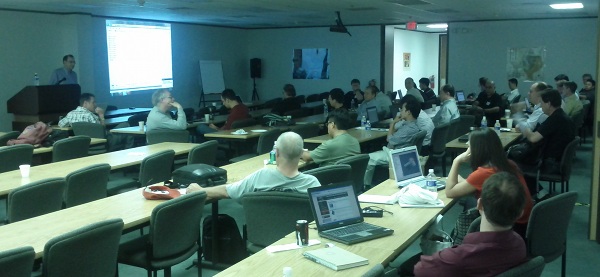
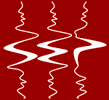
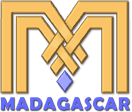
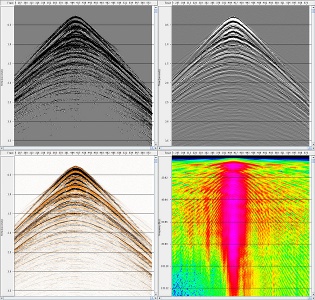
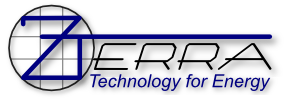


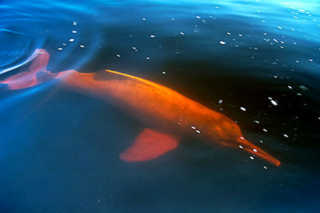







 Except where noted, this content is licensed
Except where noted, this content is licensed